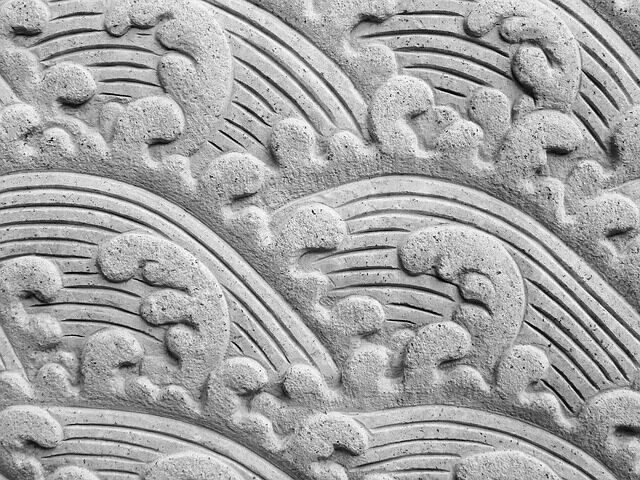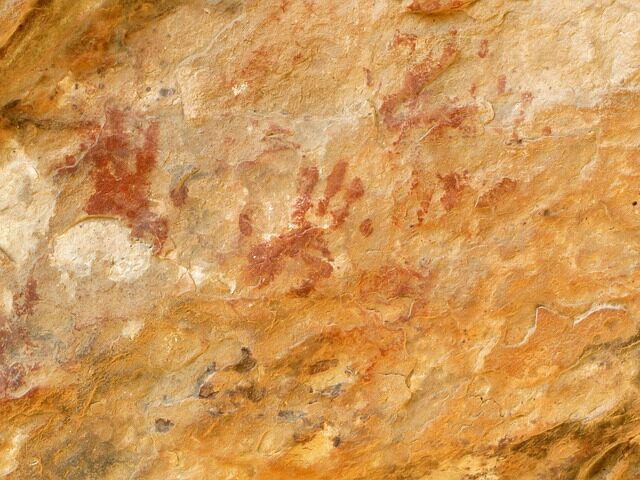Rock art in Scandinavia is a window into the lives and beliefs of ancient peoples. These images, etched and painted onto stone surfaces, have survived millennia, providing a link to societies that flourished long before the rise of modern Europe.
- What is prehistoric art in Scandinavia?
- What are the different styles of Scandinavian petroglyphs?
- How did rock art reflect social dynamics in prehistoric societies?
- What are the key locations to explore rock art in Sweden?
- How does the Tanums Hällristningsmuseum promote understanding of rock art?
- What are the cultural significances of rock art in Norway?
- What is prehistoric art in Scandinavia?
- What are the different styles of Scandinavian petroglyphs?
- How did rock art reflect social dynamics in prehistoric societies?
- What are the key locations to explore rock art in Sweden?
- How does the Tanums Hällristningsmuseum promote understanding of rock art?
- What are the cultural significances of rock art in Norway?
What is prehistoric art in Scandinavia?
Prehistoric art in Scandinavia, known as Hällbilder or rock carvings, stands as a testament to the region’s rich cultural and historical legacy. These depictions, created from the Neolithic to the Bronze Age, encompass a variety of subjects including animals, boats, and humans, offering insight into the daily life and spirituality of these early communities.
The significance of rock carvings in Sweden is immense, with areas like Bohuslän boasting one of the highest concentrations of petroglyphs in the world. These intricate works not only reflect artistic prowess but also serve as historical documentation of social structures and environmental conditions.
Scandinavian prehistoric art styles are diverse, ranging from simple cup marks to complex scenes involving hunting and ritual practices. The variety of motifs and compositions reveal a rich tapestry of ancient narratives waiting to be deciphered by modern eyes.
What are the different styles of Scandinavian petroglyphs?
The rock art of Scandinavia displays a multitude of styles and techniques, from the realistic to the symbolic. Scandinavian prehistoric art styles are often categorized by themes such as the sun cross, ships, and anthropomorphic figures.

- Boats and ships, indicative of the maritime culture and voyages of the Nordic people.
- Human figures, sometimes depicted in larger-than-life form, often engaged in activities like hunting or ritual dancing.
- Animals, particularly deer, fish, and birds, showcasing the close relationship between humans and nature.
- Geometric patterns and symbols, whose meanings remain a topic of debate among archaeologists and historians.
These varying motifs not only illustrate a diverse artistic repertoire but also suggest a shared cultural framework across the region, with local nuances.
How did rock art reflect social dynamics in prehistoric societies?
Rock art mirrored the social and cultural fabric of prehistoric Scandinavia, providing us with a unique perspective on the societal norms and beliefs of the time. The depictions of warriors and weapons are indicative of a society that valued martial prowess.
Moreover, the presence of agricultural scenes and domesticated animals points to the development of farming and the stratification of society as wealth could be accumulated through land ownership and livestock.
Spiritual beliefs are also evident in the art, with symbols and figures that likely represent deities and religious rituals. Such images would have played a role in communal gatherings and worship, reinforcing shared values and cultural identity.

What are the key locations to explore rock art in Sweden?
Sweden is home to a wealth of rock art sites, with Bohuslän being one of the most prominent regions. The area boasts over 45,000 carvings, with some notable locations including:
- Tanum, a UNESCO World Heritage site, with its intricate depictions of humans and boats.
- Vitlycke Museum, offering guided tours and replicas that allow for close-up examination of the carvings.
- The rock carvings in Norrköping, depicting an array of motifs including animals and footprints.
These sites are critical for understanding the prehistoric art in Scandinavia history, offering an immersive experience into the past.
How does the Tanums Hällristningsmuseum promote understanding of rock art?
The Tanums Hällristningsmuseum, or Tanum Rock Carvings Museum, is dedicated to the preservation and interpretation of the region’s rock art. Through educational programs, exhibitions, and research initiatives, the museum seeks to enhance public awareness of these ancient treasures.
Interactive displays, replicas, and guided tours are just some of the ways the museum engages visitors, making the cultural heritage of rock art in Norway and Sweden accessible to all.

The museum’s efforts extend beyond its walls, with a focus on site conservation and partnerships with international organizations such as the Bradshaw Foundation, which shares the goal of protecting the world’s rock art heritage.
What are the cultural significances of rock art in Norway?
In Norway, rock art is not just a historical curiosity but a vital part of the nation’s heritage. Locations like Alta, with its thousands of carvings, reveal a cultural tapestry that has been woven over thousands of years.
The imagery found at sites like Alta and Vingen provide a narrative of life during the Stone Age, Bronze Age, and beyond. They offer a profound connection to the past and serve as a reminder of human creativity and resilience.
The preservation of rock art sites in Scandinavia is a matter of national pride, with Norwegian authorities and local communities working tirelessly to safeguard these irreplaceable expressions of human ingenuity.

For a deeper understanding of these ancient works, one can explore the resources provided by organizations such as the Bradshaw Foundation’s Scandinavian Rock Art Archive.
As we continue to explore and interpret the rich tapestry of prehistoric art in Scandinavia, we gain invaluable insights into the lives and beliefs of our ancestors. These ancient images are not mere relics of the past but vibrant narratives that continue to inform and inspire the present.

